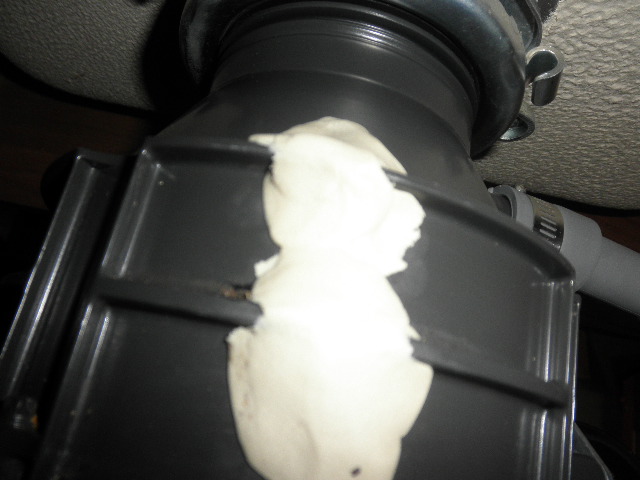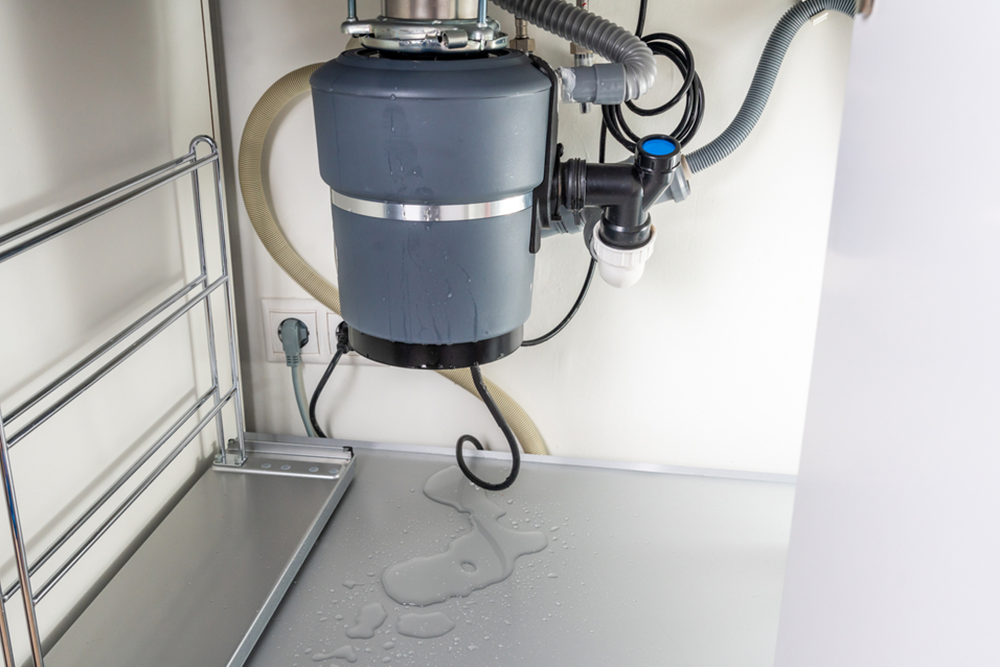Your Definitive Guide to Fixing a Leaky Waste Disposal Unit
Your Definitive Guide to Fixing a Leaky Waste Disposal Unit
Blog Article
Right here in the next paragraph you will find lots of extremely good ideas regarding Why Is .

Garbage disposals are vital kitchen home appliances that aid in dealing with food waste successfully. However, a leaking waste disposal unit can be a frustrating and messy issue to take care of. Thankfully, many leaks can be fixed easily with a couple of easy actions. In this short article, we will review just how to repair a leaking garbage disposal effectively.
Intro
Garbage disposals are set up under kitchen sinks and are made to shred food waste right into smaller items, allowing it to pass through the plumbing system quickly. While these devices are typically dependable, leakages can take place with time due to damage, loosened links, or damage to the unit.
Step-by-Step Overview to Fixing a Dripping Waste Disposal Unit
Shut off the Power
Before trying any type of fixings, make certain that the power to the waste disposal unit system is turned off to prevent the threat of electric shock.
Locate the Leakage
Identify the precise area of the leak and establish the reason
Tighten up Connections
Use a wrench to tighten any type of loose connections between the disposal system and the pipes system.
Change Seals or Gaskets
If the leak is due to used seals or gaskets, get rid of the old elements and change them with new ones.
Patching Cracks or Openings
For cracks or openings in the disposal device, usage epoxy or a suitable patching material to seal the broken area.
Determining the Source of the Leakage
Before attempting to take care of a leaking garbage disposal, it is important to determine the source of the leakage. This can usually be done with aesthetic examination or by carrying out easy examinations.
Visual Assessment
Check the garbage disposal device carefully for any indications of water leak. Pay very close attention to areas around seals, gaskets, and link factors.
Evaluating for Leakages
One means to check for leaks is by running water via the disposal device and looking for any type of visible signs of leakage.
Common Sources Of Leakages in Rubbish Disposals
Worn Seals and Gaskets
Seals and gaskets play a vital function in stopping water from leaking out of the waste disposal unit. Gradually, these elements can weaken, causing leaks around the disposal system.
Loose Links
The links in between the garbage disposal and the plumbing system can come to be loosened in time, causing water to leak out during operation.
Cracks or Holes in the Disposal System
Physical damages to the garbage disposal, such as fractures or openings in the real estate, can also lead to leaks.
Tools and Materials Needed for Dealing With a Dripping Garbage Disposal
Before starting the repair work process, gather the required tools and products, consisting of a screwdriver, adjustable wrench, plumber's putty, substitute seals or gaskets, and epoxy or patching material for repairing splits or holes.
Evaluating the Garbage Disposal After Repair Work
As soon as the fixing is total, evaluate the waste disposal unit by running water via it to make sure that the leakage has been dealt with.
Preventive Upkeep Tips to Stay Clear Of Future Leaks
To avoid future leaks, it is necessary to carry out routine upkeep on your garbage disposal. This includes keeping it clean, staying clear of placing non-food items or difficult items down the disposal, and occasionally looking for leaks or other issues.
Conclusion
Finally, repairing a dripping garbage disposal is a fairly simple process that can be finished with fundamental devices and materials. By following the actions detailed in this post and practicing preventative upkeep, you can keep your waste disposal unit in good working problem and avoid costly repair work in the future.
What to Do About a Leaking Garbage Disposal
A leaking garbage disposal often goes unnoticed until you confront a sopping cabinet, a foul-smelling puddle, or an audible drip-drip-drip from the unit. The fix can be frustrating, too, because the leak can stem from a number of components in the system. Fortunately, with a little sleuthing, you can zero in on the leak and—depending on the exact location—stop the icky oozing and repair the component that caused it. Worst case scenario, if it turns out that the garbage disposal must be replaced, installing a new one is a reasonable do-it-yourself task for those with basic plumbing skills. Read on to keep the cash you’d otherwise hand over to a pro.
Prepare to find the leak
Prior to testing the garbage disposal for leaks, unplug it at the wall outlet and turn off the power from the breaker box to prevent electrical shock. Then insert a watertight sink stopper into your sink drain and wipe the unit dry with a clean cloth. In any handy container, mix a few drops of food coloring into a few cups of water, and pour the dyed water onto the sink stopper to help you locate the leak.
Investigate the source
the top, where the disposal meets the sink drain the side, where the dishwasher hose or main drain pipe connects to the disposal or the bottom of the unit Inspect each of these locations while gliding a light-colored rag over the unit; the dyed water will readily show on the rag and reveal the location of the leak. If a leak isn’t immediately apparent, remove the sink stopper and pour a few more cups of dyed water down the sink drain, then check for leaks again. Leaks near the top of the unit are more likely to show themselves while the sink is plugged, while side and bottom leaks are more noticeable while the sink is unplugged.
The metal sink flange that sits directly inside the sink drain is typically sealed around the top with plumber’s putty (a clay-like sealant) and then secured from under the sink with bolts. If the plumber’s putty deteriorates, or the bolts loosen, the flange can no longer form a watertight seal between the sink drain and the disposal—which could cause a leak at the top of the unit.
To reseal the leaky flange, you must first detach the garbage disposal. Start by loosening the screws securing the main drain pipe to the disposal, then loosen the screws in the metal clamp securing the dishwasher hose to the disposal and detach the drain pipe and dishwasher hose from the disposal. Loosen the screws in the mounting ring that connects the disposal to the metal mounting assembly beneath the sink, then pull down the disposal and carefully set it on a clean, dry surface. Loosen the bolts in the mounting assembly with a wrench, then pull down the mounting assembly and set it near the disposal.

We are very eager about Why Is and I am assuming you enjoyed the entire entry. Do you know anybody else who is fascinated by Why Is ? Please feel free to share it. We truly appreciate reading our article about Why Is .
Here Report this page